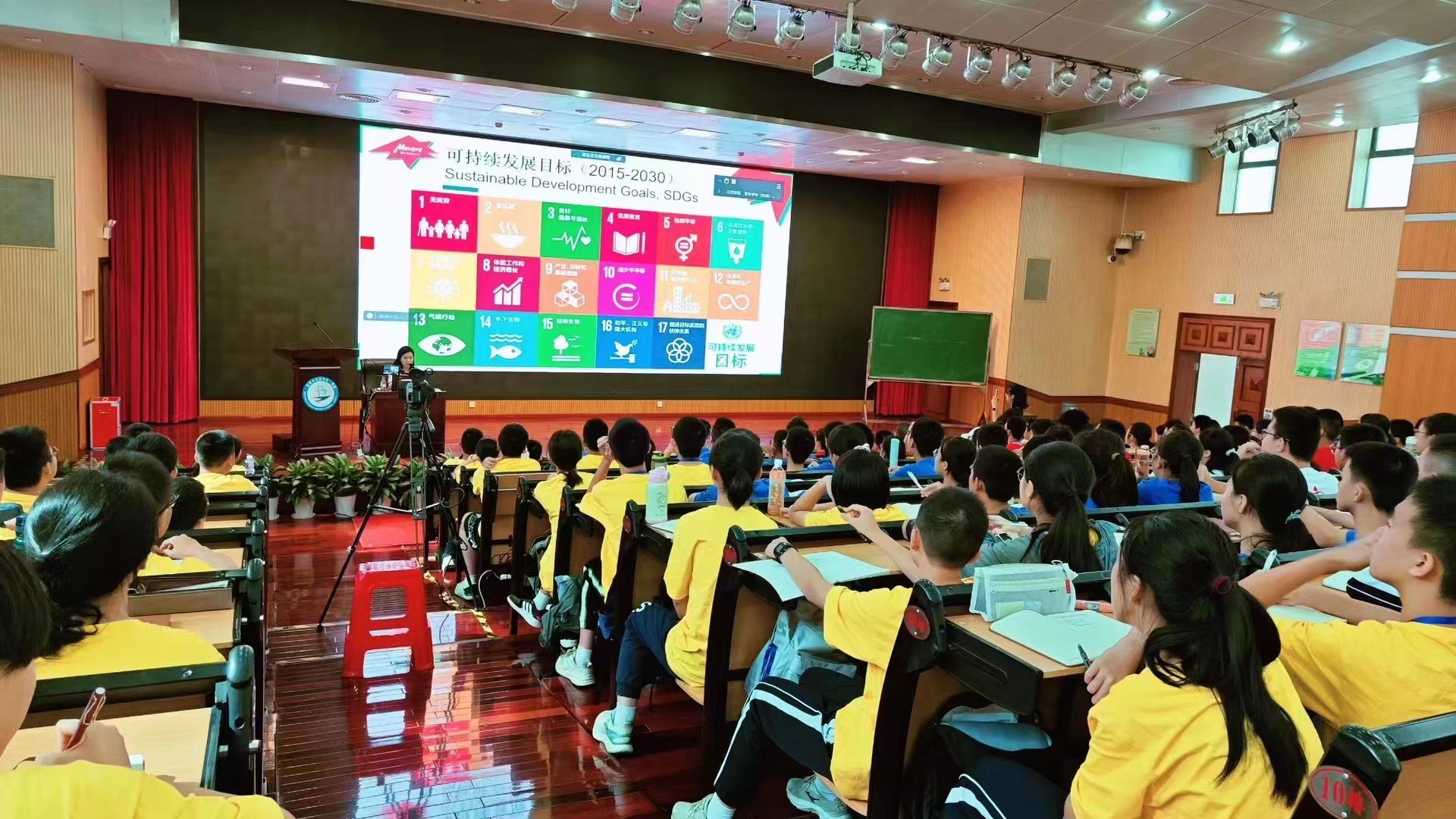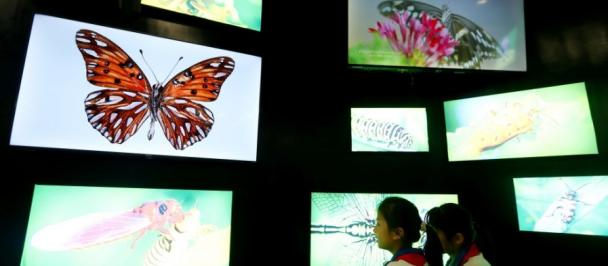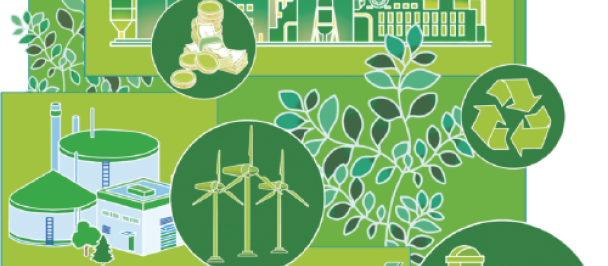Youth Innovation for Sustainable Development: Delving into the Journey of the AI-NBS-Platform
December 6, 2023

Dasha River in Shenzhen. Dr. Xiuyuan Li’s AI-NBS solution is contributing to protecting Shenzhen’s Water System and the ecosystems it supports.
In this rapidly evolving world, young minds are at the forefront of innovation, showcasing their remarkable potential in leveraging technology to make positive change. This was the central theme of last year’s U&AI 2022 Bootcamp, where the intersection of youth, technology, and sustainable development took centre stage.
Hosted by the Institute for AI International Governance of Tsinghua University (I-AIIG) and supported by the United Nations Development Programme (UNDP) the U&AI Bootcamp was a platform for young people from around the world to leverage creativity and innovation in developing AI-powered solutions to address urgent global issues under the framework of the 17 Sustainable Development Goals (SDGs).
Among the finalists of the event were Dr. Xiuyuan Li and her team’s pioneering project, the IP-protected AI-NBS-Platform - an AI-powered Nature-Based Solution designed to improve the quality of water environments, strengthen local ecosystems, and contribute to public education on sustainable development.
We recently had a chance to sit down with Dr. Li to learn about how her platform works, and hear updates from her on how the project has evolved since last year.
“My main objective in this project is to integrate Nature-Based Solutions together with AI to help alleviate the negative impacts of climate change through providing clean water and reducing pollution found withing our water ecosystems,” Dr. Li stated.
Indeed, the AI-NBS-Platform sets itself apart from other methods of water purification that either utilize chemical solutions which often have harmful side effects and emissions, or involve more energy-intensive processes. By contrast, the AI-NBS-Platform provides targeted AI-driven data insights, and prescribes eco-friendly solutions that help to reduce environmental damage, and emit fewer greenhouse gases.

Dr. Li presented the AI-NBS project at the International AI Cooperation and Governance Forum 2023.
But how exactly does this all work?
The AI-NBS Platform adopts a customized approach for each body of water, using AI to create a digitally interactive model that factors in each specific attribute of the water such as its depth and temperature. The Platform then monitors key indicators of water quality and observes pattern changes.
Utilizing this data, the Platform leverages predictive modelling technology through an AI-powered system to forecast changes in water quality over time – providing a treatment plan tailored to a body of water’s specific conditions. For instance, if pollution is anticipated through a change of temperature, the Platform identifies the geographic source and recommends the application of a microbiological treatment, including the specific quantity required for effective purification.
“Our team consists of staff members from UNESCO, the Water Center of Columbia University, Hohai University, AECOM, CIRAD and state-owned companies. All team members have committed their unique wisdom and unwavering determination throughout the duration of the project,” said Dr. Li.
She added, “Adopting a holistic approach almost always proves to be the most effective and influential method for addressing challenges both comprehensively and sustainably. The time I’ve spent working within the UN system has instilled in me the importance of systematically solving problems and optimizing resource mobilization to ensure successful outcomes.”
The team is hopeful that the AI-NBS platform can continue to make practical contributions to SDG6: Clean Water and Sanitation under the broader context of accelerating advancements in climate change mitigation and adaptation.
“I hope that the data generated by the AI-NBS Platform and the technology it relies on can be used not just to inform policy and decision making, but also to help educate youth on the importance water security and green development,” Dr. Li said.
While the AI-NBS platform has ambitious aspirations, its continued evolution since the U&AI bootcamp last year has been remarkable. Dr. Li’s team has recently been commissioned to take part in an important water security pilot project in Shenzhen with the local water authority, where efforts have commenced in monitoring the quality of long-distance water transfer projects between two key reservoirs. The AI-NBS Platform is being utilized to research the microbiological change of the connecting water tunnel – ensuring the water environment is resilient to climate-induced impacts and to maintain optimal water quality levels.
Reflecting on her experience during the U&AI program, Dr. Li emphasized her passion for learning and education.
“My positive experience during the U&AI program reaffirmed my belief in the importance of education,” she stated. “It has been very inspiring to see our project grow and develop since we participated in U&AI, getting to the point of real-world application in Shenzhen, helping to eliminate pollution, and revitalize water ecosystems.”

Dr. Li presenting the SDGs to a group of students.
Dr. Li has also helped provide education herself. As a mentor in other UNDP-led initiatives like Her Digital Future and the Movers Programme, she has helped to empower more than 500 high school students across Shenzhen, demonstrating a commitment to supporting education as a foundation for personal growth, empowerment and societal progress.
In addition to Dr. Li’s contributions to UNDP youth initiatives, she also plans to establish an innovative community for middle school students in Shenzhen named ‘Youth Pursuing Light’, with the goal of fostering young minds with creativity and sustainability.
Dr. Li’s experience with U&AI has had a lasting impact, and in helping to launch the AI-NBS-Platform, has demonstrated the importance of leveraging the potential of young people to confront some of the world's most urgent challenges.
As we move forward, it is clear that how today’s youth harness and interact with technology will have a pivotal role in determining our collective future. It is therefore more critical than ever that youth innovation is directed towards the SDGs and ensuring a sustainable future for our planet.
Authored by Callum Thomas

 Locations
Locations



